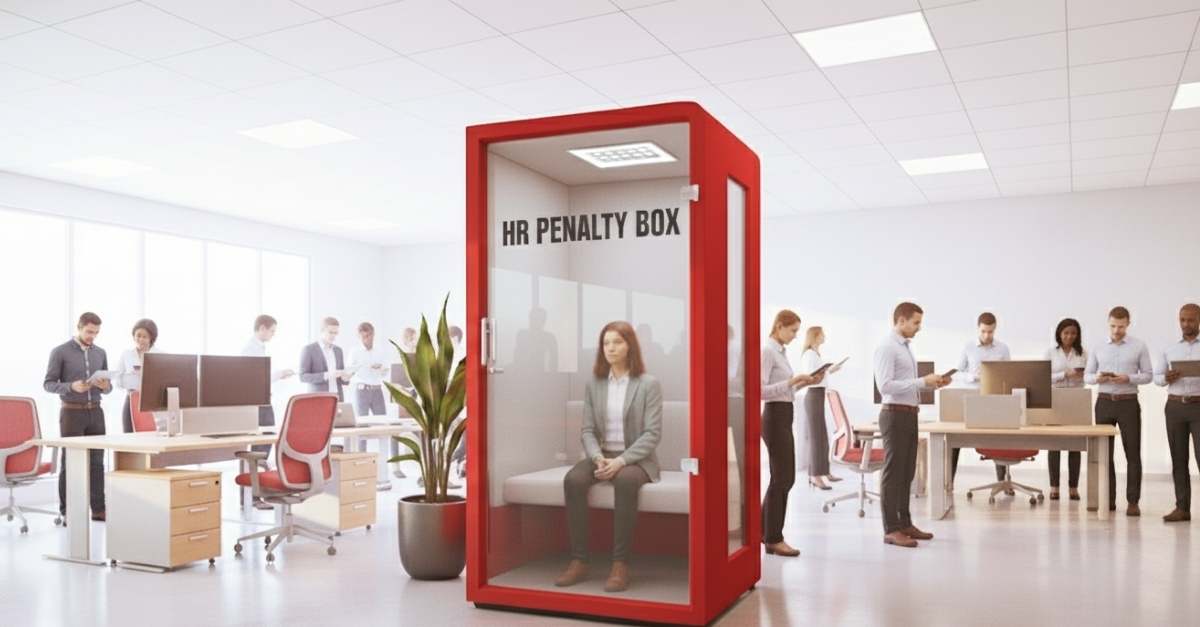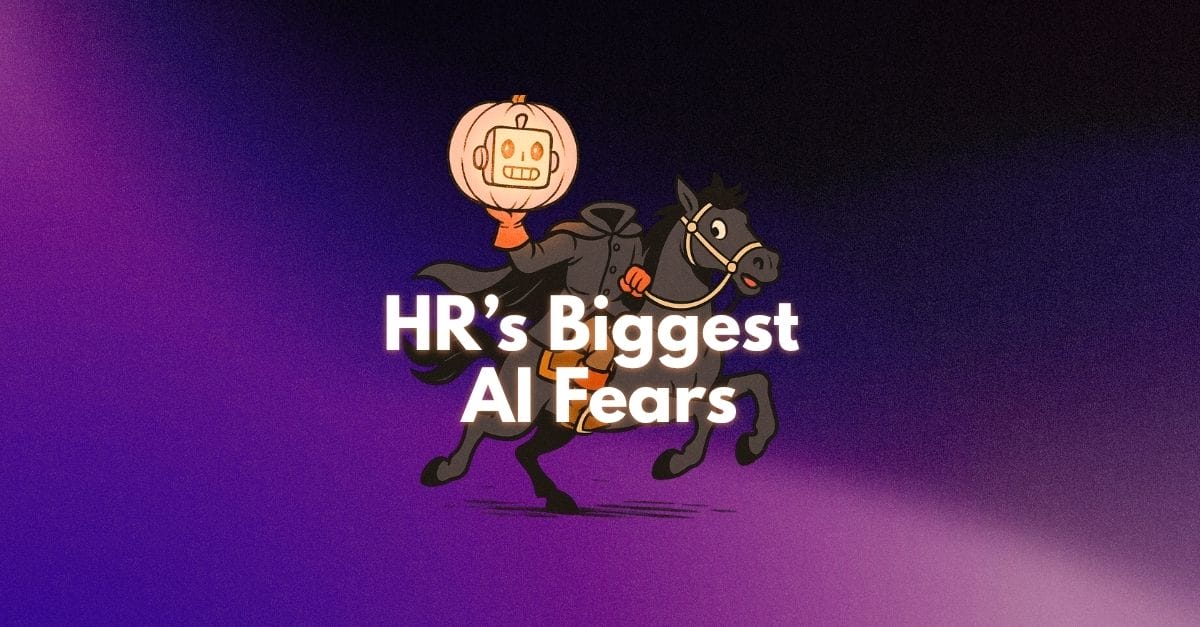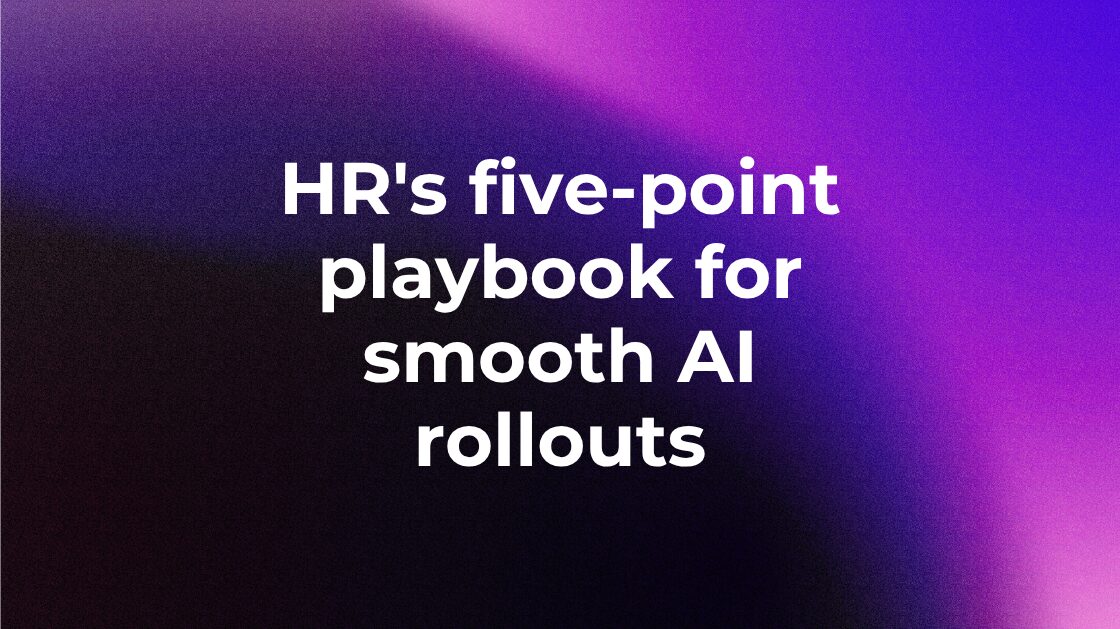We surveyed more than 200 HR professionals, executives, board members, and business owners on the most pressing talent-related issues for our annual State of Talent Optimization Report. This blog post highlights some key findings around hiring costs.
The best managers are constantly improving. But leadership development often takes a backseat to day-to-day tasks, leaving new managers, especially, in limbo.
When hiring resources get tight, due to limited hiring pools or misaligned hiring practices, internal development becomes that much more essential. You need to make time to train and develop leaders at every level. Strengthen your bench, so to speak, by equipping managers – tenured, new, or aspiring – with the sort of data that helps them better understand their people’s behaviors.

70% of People Say that HR is an Essential Piece of the Leadership Puzzle
Our State of Talent Optimization Report will help you put that puzzle together and become the leader you need to be
Meet today’s managers where they are with Talent Optimization.
Managers are still being asked to do more, despite being equipped with less. Much as we saw in 2023, there remains a disconnect between what managers need and what most of them are provided.
Rspondents who said they received interpersonal complaints from employees “regularly” or “occasionally” were far less likely to arm their managers with any sort of behavioral data. In other words, the people often tasked with handling said complaints may not have adequate information—like how best to communicate, or what behaviors are strongest—on the people whose conflicts they’re being asked to mediate.
Meanwhile, though the vast majority (85%) of organizations say they have some sort of leadership development program in place, those who don’t are actually more likely to give their managers high ratings—despite the fact that they’re seeing turnover rooted in poor employee-manager fit.
Is there a dissonance at play here? Denial? Or is it possible that organizations who don’t codify leadership training are less capable of connecting the dots?
When you establish a rubric—one rooted in behavioral data or otherwise—you can chart progress more cleanly. And in doing so, you establish more realistic baseline expectations, both for the individual and the organization.
Poor management has a ripple effect.
It’s not fair to pin attrition solely on one source. But our survey found that, even if by no fault of their own, managers who aren’t equipped to lead can severely hamper an organization. A majority of responding HR leaders affirmed that people have left their companies because of their managers. That’s a fixable problem – with the right tools and focus.

In many cases, those managers may be viewed as the cause of turnover, but the root runs deeper. Given the time, resources, and insights into their people, even the greenest of new leaders can start managing more strategically – and more effictively.
✐ How TO can help support HR: Develop managers by arming them with the tools to become great leaders. Set managers up for success by enabling them to set and track clear goals, enhance visibility into meetings, and make sure accountability isn’t amorphous.








